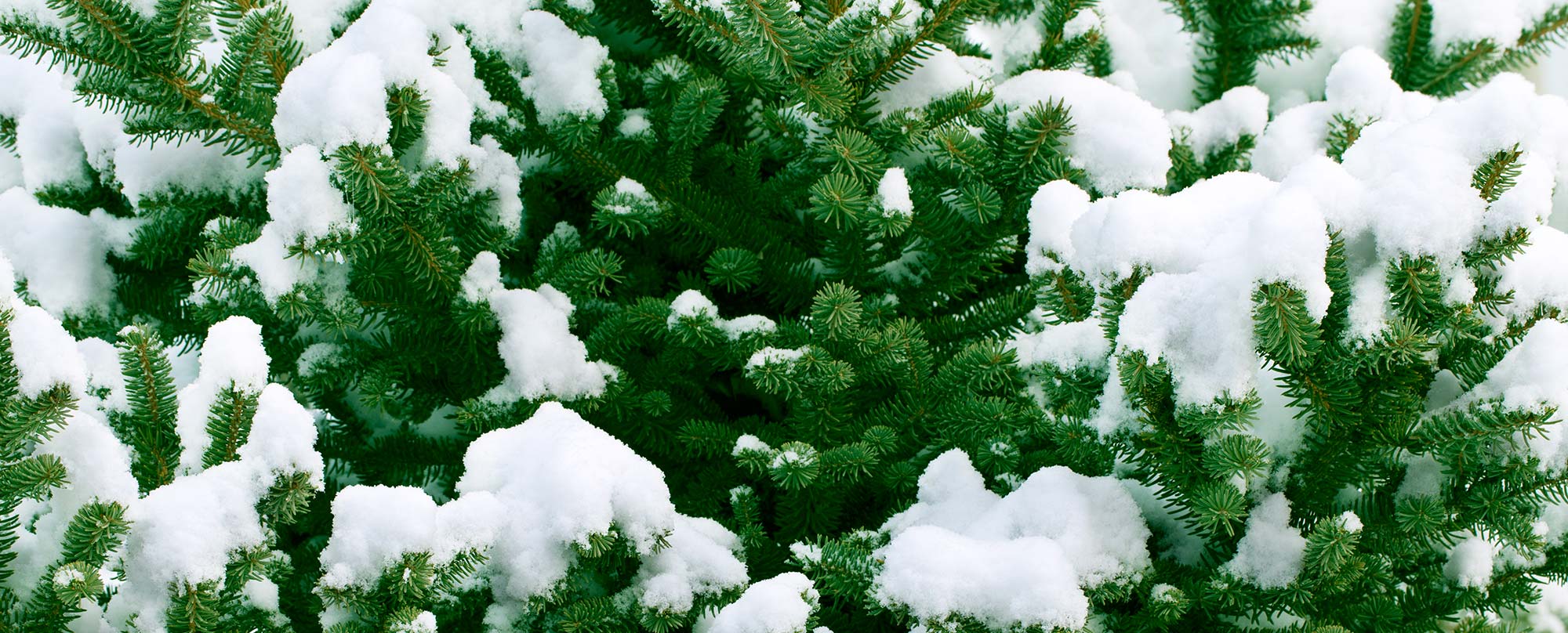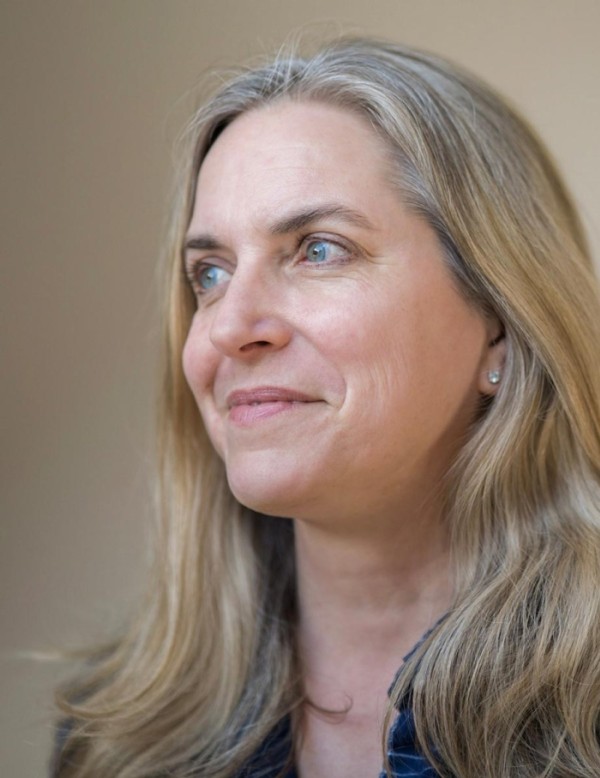While packing up for my move back to northern New England, I came upon a photo taken in March 2002, during my last semester of graduate school at the University of Maine. I am standing next to a Super Cub on frozen Chamberlain Lake, where the late game warden pilot Jack McPhee touched down to take a break during an aerial survey of radio-collared Canada lynx. I was planning a career in environmental journalism, and had met Jack while researching for an article that I was writing for Maine Fish and Wildlife magazine. He and his wife Josie had invited me to Macannamac Camp to fly with Jack so I could learn more about the survey and perhaps get my first look at a lynx. The second day of flying, we did see a lynx, a large male napping on bedrock in the sun, undisturbed by the low-flying plane. I marveled at the long legs of such an elusive and rare creature, imagining it could be the only time I saw one in the wild.
While in the air, I was awed by the expanse of Maine’s North Woods, the bird’s-eye view of frozen waterways and lakes, and the mix of logging operations, remote roads, and stretches of seemingly untouched spruce-fir forest. I had flown in small planes a few times before and loved it, but this was the first time I understood flight as a tool for wildlife management and conservation.
During subsequent years I found ways to combine my interests in writing, photography, nature, and flight while joining two Maine biologists: Charlie Todd on surveys of eagle nests, and Danielle D’Auria on a survey of heron rookeries. I believe aerial photography enhances people’s understanding of land management issues, adding a broader perspective to stories of cherished places and the connections between humans and wildlife and the land.
While working on the Penobscot River Restoration Project, I had the opportunity to accompany pilots flying with LightHawk, an organization that matches volunteer pilots with conservation groups to support land protection and other conservation initiatives. On these flights, I took photos of the mainstem river, community centers, existing dams, and tributaries to highlight the tremendous scale of the fisheries restoration project; access to close to 2,000 miles for Atlantic salmon, shad, and other sea-run fish would be restored, benefitting communities from the coast to the upper watershed.
What these flights had in common beyond the conservation benefits was a generosity of spirit among the biologists and pilots with whom I flew. Each welcomed me into their world for a short time, in support of my efforts to communicate their research or conservation goals.
This generosity was echoed time and again in my work with communities on the ground. I found mentors in people such as the late conservationists Alan Hutchinson and Sally Jacobs, who introduced me to Maine’s extensive conservation network. My work supporting the Forest Society of Maine and Orono Land Trust began with writing and the design of newsletters and grant writing to protect the Caribou Bog Wetlands Complex, along with interviews of people making a living from the woods. Research on the ecology and fishing industry of Cobscook Bay fed a newspaper column I wrote with The Nature Conservancy’s Jim Dow. In a meandering way, I began crafting a living in northern New England communicating about people and place, with supportive nudges from many corners.
Watching the film series featured on page 8, a collaborative project with the Northern Forest Center, I thought about these early days shaping a career and the people who guided me or gave me opportunities to share stories about working forests, wildlife conservation, and habitat restoration. As we celebrate the young professionals featured in the series, we also celebrate the people who support them and their work in the North Country.
I am so pleased to join the Northern Woodlands team, and to bring my experiences from the land conservation and stewardship realm full circle to consider again how writing, science, forest management, the visual arts, and community intertwine to shape our culture. Through storytelling, social media, and special programs, we work with our partners to build bridges between communities. Each bridge helps us to overcome sometimes daunting challenges, such as what we are experiencing now with a global pandemic. Each step forward in respecting diverse ways of life – and a diversity of life – brings us to a place of strength as a community.


